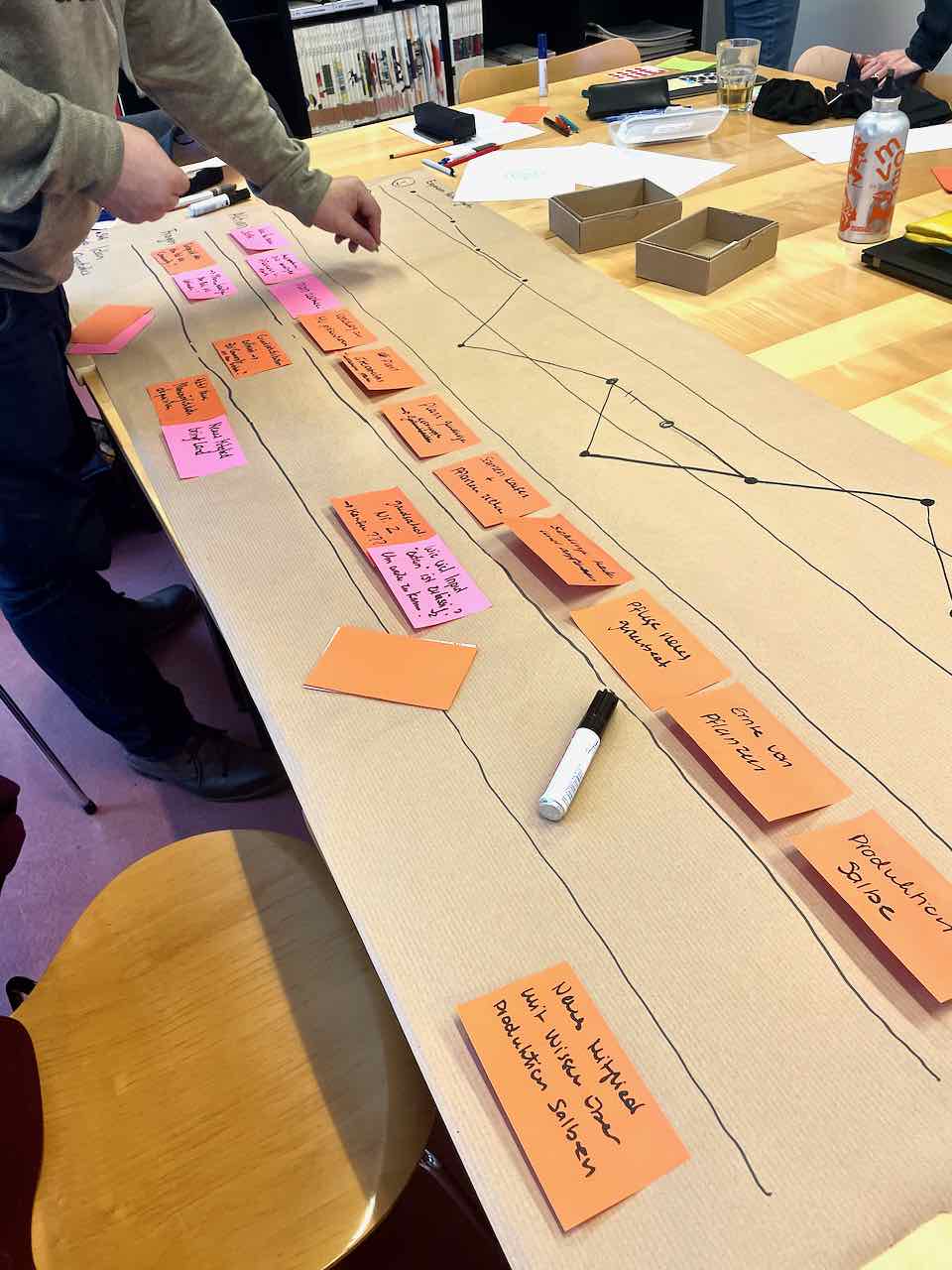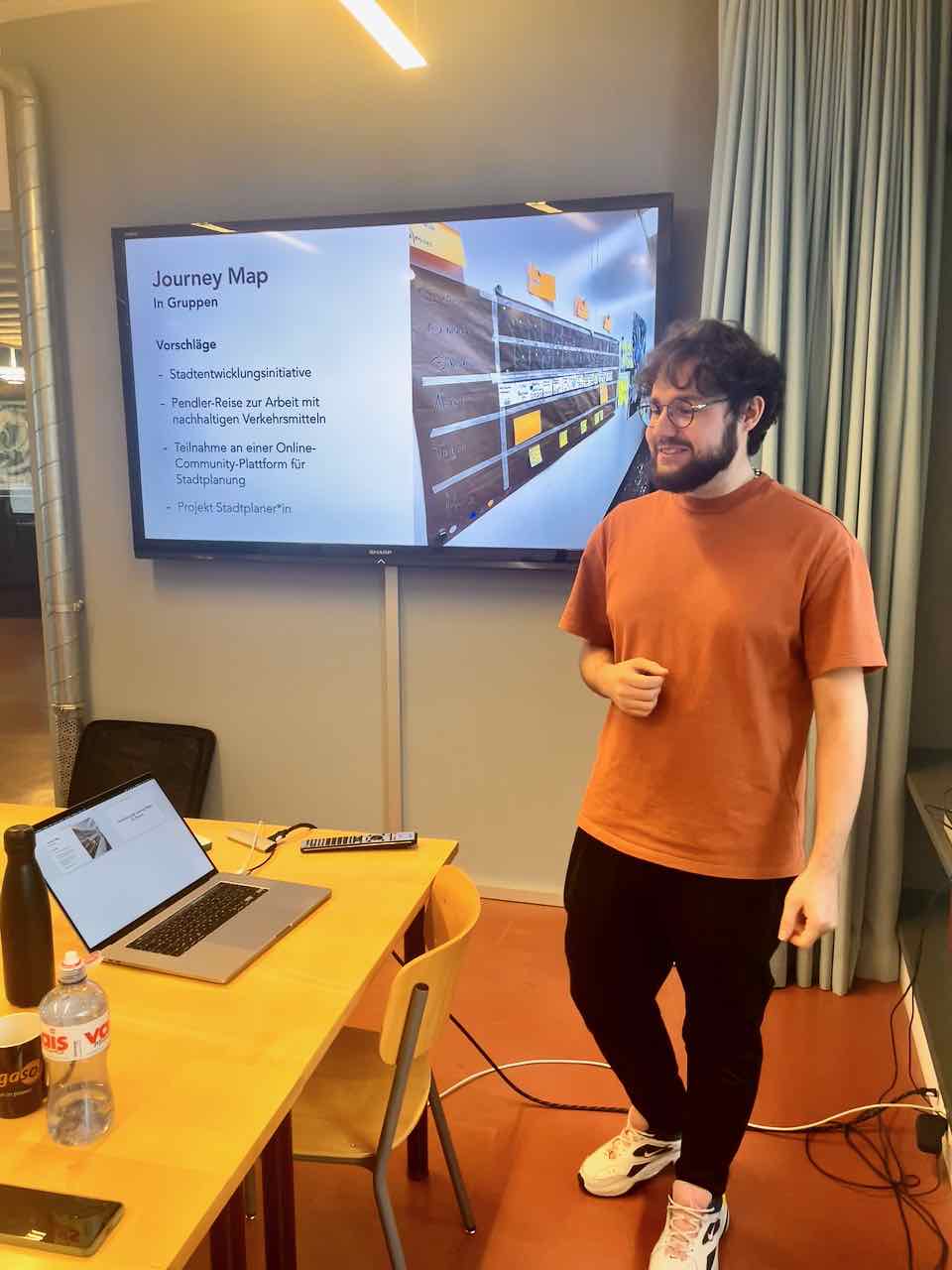Design Thinking and Community Building for Planners


Redefining Planning with User-Centric Design Thinking
At a recent Metron workshop on "Participation," I led a group of professionals from urban, traffic, and landscape planning through an exploration of design thinking and community building. This course was particularly impactful as it diverged from their usual project-focused approaches, emphasizing the importance of considering user perspectives.
"Urban Sync": A Foundation for Community Engagement
Initially, the workshop used "Urban Sync," a model I introduced, to demonstrate community building. This concept helped participants understand the value of empathetic engagement in planning. It was a key example of how to incorporate user viewpoints in their fields, which often prioritize regulatory compliance over user experience.
Empowering Professionals with New Tools
As participants advanced, they chose their own topics, applying the principles learned to their specific areas of expertise. This shift from a guided framework to individual exploration was instrumental in demonstrating the practical application of design thinking in real-world scenarios.
The workshop's aim was not just to provide theoretical knowledge, but to offer tools and strategies for incorporating a user-centric approach in planning disciplines traditionally focused on meeting set regulations. The shift towards a more empathetic and user-focused methodology represented a significant advancement for participants, equipping them with novel perspectives to enhance their professional practices.